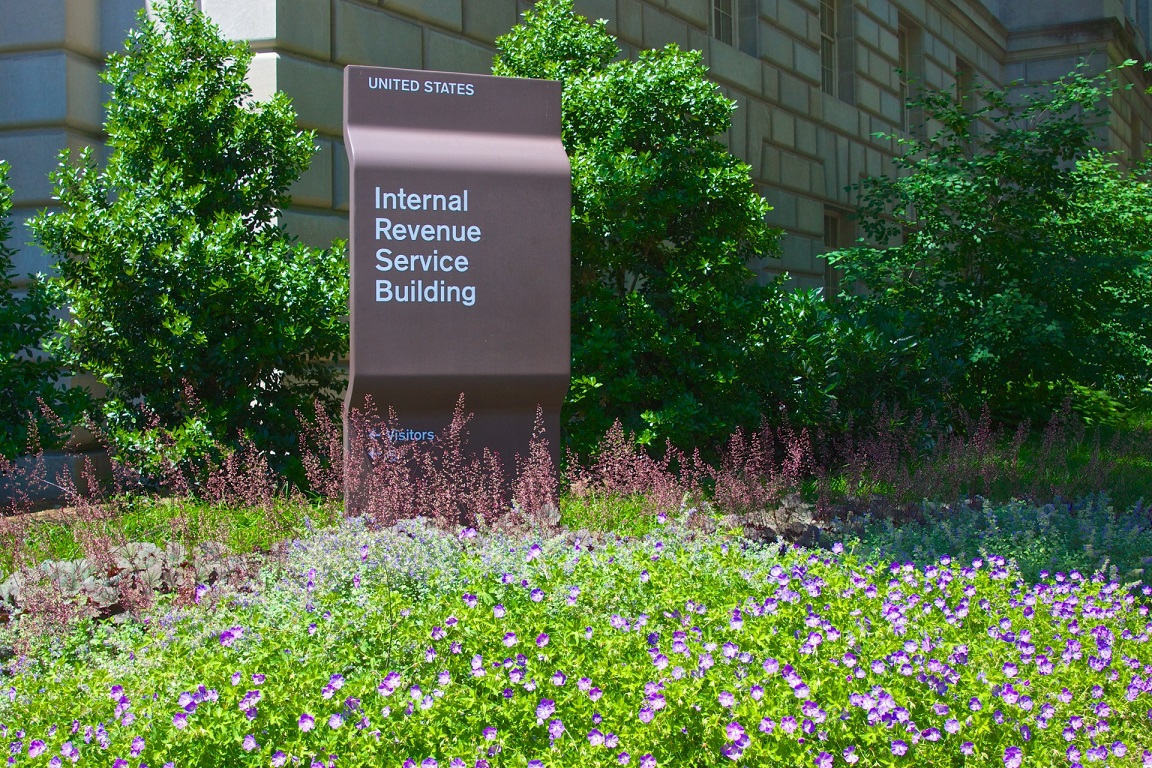
If you own your own business, or are self-employed, there are a myriad of options for establishing a retirement plan for yourself and your employees. If you want to attract and retain high quality employees, you need to be able to offer wages and benefits that are competitive within your industry. There are many employees who will prefer a job that includes the stability of a robust benefits program over a job that just offers a higher salary.
I am surprised how often owners of small businesses balk at establishing a retirement plan. Yes, it may entail some additional costs and extra administrative work. Some business owners aren’t planning to retire, so they aren’t focused on creating a retirement nest egg. Of course, if you think your employees feel the same way – that they want to work for you until they die, you may be overestimating the attractiveness of your workplace!
Establishing a company retirement plan doesn’t need to be complicated or have unknown, limitless expenses. There are quite a few benefits to starting a plan, including:
- Being able to move company profits into a creditor-protected account for the owner and his or her family as a tax deductible business expense.
- Creating assets that are separate from your company. Diversifying your net worth so your wealth is not 100% linked to the value of your company. What would your spouse be able to do with your company, if you were hit by a bus tomorrow?
- Providing valuable benefits so you can hire and keep top quality employees. Offering your employees a program to encourage their own retirement saving.
Luckily, there are a number of retirement plan options for employers, each with its own unique benefits. Here is a quick overview of six retirement plans to consider and a profile of the ideal candidate for each.
1) 401(k). The 401(k) is the gold standard of retirement plans, and while it would seem to be the obvious choice, 401(k) plans can be expensive, complicated, and often a poor fit for a smaller company. Many 401(k) providers are happy to work with your company if you have $500,000 or $1 million in plan assets, but fewer are willing to work with start-up plans or companies with fewer than 50 full-time employees.
Sometimes employers decide to offer a 401(k) but are not willing to provide a matching contribution. You may think you’re adding a benefit, but this often backfires. You will have very low participation without a match, so the administrative cost per employee and the fixed costs for the amount of assets in the plan ends up being higher. And since 401(k)’s have “top heavy” testing, the higher paid employees who do want to participate are often told that they have contributed too much to the plan and that they have to remove some or all of their contributions. No one wins in this situation.
The solution to avoiding the top heavy testing is to establish a “safe harbor” plan, but this will require that the company provides a matching contribution.
Best candidate for a 401(k): a company who is willing to provide a matching contribution for employees and will have at least 10 or 20 participants in the plan (actual participants, not just eligible employees). Without the company willingness to offer a match, I’m not sure the plan will satisfy the needs of the owner or the employees. 401(k)’s tend to have a better participation rate in companies with higher paid, white collar employees.
2) SIMPLE IRA. The Savings Incentive Match PLan for Employees (SIMPLE) was created to enable employers with fewer than 100 employees to be able to offer a “401(k)-like” plan, without complicated rules or high administrative costs. Employees choose to participate and have money withheld from their paycheck. They may contribute up to $12,500 for 2015; if over age 50, they may contribute an additional $3,000. The company will match employee contributions up to 3% of their salary.
If you have payroll of $200,000 a year, and ALL employees participate, you’d match $6,000 of their contributions. The company match is a tax deductible business expense. Both employee and employer contributions vest immediately and are held in each employee’s name where the employee chooses how to invest their account. If a participant makes a withdrawal in the first two years, the penalty is 25%. If the withdrawal is after two years, but before age 59 1/2, the penalty is 10%. For the business owner, there is no top heavy testing, so you may contribute the maximum (plus the match) to your own account, regardless of whether your employees choose to participate or not.
Best candidate for a SIMPLE IRA: any company with 2-100 employees that is willing to match 3% of employee contributions and wants a plan that is easy to administer and low cost. More owners should be looking at the SIMPLE rather than trying to make a 401(k) fit. It’s a great option. There are two reasons why you might choose a 401(k) instead. The first would be if you plan to have more than 100 employees. Second, if you think many of your employees will want to contribute more than $12,500 in a SIMPLE, they could contribute $18,000 to a 401(k). If neither of those reasons apply, a SIMPLE is a great alternative to a 401(k).
3) SEP-IRA. The Simplified Employee Pension (SEP) is an employer-funded plan. The employee does not contribute any money to a SEP; employer contributions are elective and can vary from year to year. However, the company must provide the same percent contribution to all eligible employees, from zero to 25% of salary. The maximum contribution for 2015 is $53,000 (at $265,000 of net income). Contributions are a tax deductible business expense.
If you are looking for a profit-sharing type of plan that allows the employer flexibility of how much to contribute each year, the SEP may be a good fit. In practice, the vast majority of SEP plans are established by sole proprietors or other self-employed individuals who do not have any employees, other than possibly a spouse. Since your contribution amount to a SEP depends on your profits, it is impossible to know the exact amount you can contribute until you do your taxes. Most SEP contributions occur in April, but the unique thing about a SEP is that it is the only IRA which you can fund after the April 15 deadline. If you file an extension, you can contribute to a SEP all the way up to October 15 on your individual return, or September 15 on a corporate return.
Best candidate for a SEP: a business owner with no additional employees. Note that any 1099 independent contractors you hire are not eligible for your company SEP, only W-2 employees.
4) Individual 401(k). Also called a “Solo 401(k)” or “Self-Employed 401(k)” sometimes, this is just a regular 401(k)/Profit Sharing plan where a custodian has created a set of boilerplate plan documents to facilitate easy administration. Even though the Individual 401(k) is for a single individual (and spouse) who is self-employed, there are technically two contributions being made: as the employee, you can make a salary deferral contribution (up to $18,000), and then as the employer, you can make a profit sharing contribution, up to 25% of net income. The plan has the same total contribution limit as a SEP, but because of the 2-part structure of the contributions, people with under $265,000 in net income can often contribute more the the Individual 401(k) than they can to a SEP.
The Individual 401(k) is what I have used for myself for my work as a financial advisor. I am also then able to make a SEP contribution based on my (small) earnings as a free-lance musician. Note that once your Individual 401(k) assets exceed $250,000, you will be required to submit a form 5500 to the IRS each year. If you are interested in an Individual 401(k), we can establish one for you with our custodian, TD Ameritrade.
Best candidate for an Individual 401(k): Self-employed person, with no employees (and no plans for employees), who wants their own 401(k) and plans to contribute more than they can to an IRA.
5) Traditional IRA. The Traditional IRA is not an employer-sponsored retirement plan. However, if you are single and do not have an employer-sponsored plan, you can contribute up to $5,500 to a Traditional IRA as a tax-deductible contribution, regardless of how much you make. Or, if you are married and your spouse is also not eligible for an employer-sponsored plan, then you can each contribute $5,500 into a Traditional IRA, with no income restrictions. I point this out, because if you don’t have any employees and only plan to contribute $5,500 (or $11,000 jointly) each year, then you don’t need to start a 401(k) or any of these other plans. Just do the Traditional IRA.
Best candidate for the Traditional IRA: a business owner not looking to offer an employee benefit, who will contribute under $5,500 per year.
6) Defined Benefit Plan (Pension Plan). 401(k) plans are “Defined Contribution” plans, where the employee makes the majority of the contributions and determines how to invest their account. At the other end of the spectrum is the Defined Benefit Plan, or Pension Plan, where the employer makes all the contributions, manages the investment portfolio, and guarantees the participants a retirement pension. Undoubtedly, there are fewer and fewer large employers offering DB plans today because of their cost and complexity. However, for a specific set of situations, a DB Plan can be a brilliant way to make very large contributions on behalf of owners and highly-paid employees of small companies. The Plan will aim to provide a set benefit, for example, 50% of the final salary, with 30 years of service, at age 65. Each year, the plan’s actuary will calculate how much the company needs to contribute to the plan’s account to be on track to offer this benefit for all eligible employees. Obviously, the amount contributed for employees who are older will be higher, as will be the amount contributed for higher income employees.
The plan does not need to pay pension benefits for an indefinite period. Assuming the owner is the oldest employee, he or she can simply shut down the plan when he or she retires and then distribute the plan assets into IRAs for vested participants. In a situation where the owner is much older (say 61, versus employees in their 30’s and 40’s), and the owner makes $300,000 versus employees who make $50,000, the vast majority of the assets will be distributed to the owner upon dissolution of the plan. The DB Plan can be in addition to a DC Plan, like a 401(k), and is a great way to maximize contributions for an owner with very high earnings who is planning to retire in a couple of years.
Best candidate for a DB Plan: high earners who are older, who will retire and shut down their business, and who have a couple of much younger employees. Many small law firms and medical practices fit this profile exactly. If you have been lamenting that the $53,000 limit in a Profit Sharing Plan is too low for you, consider adding a DB Plan.
At Good Life Wealth Management, retirement planning is our forte. We can help you determine the best plan for your needs and make it easy for you and your employees to get started. Drop me a line and let’s schedule a time to talk about how we can work together.













